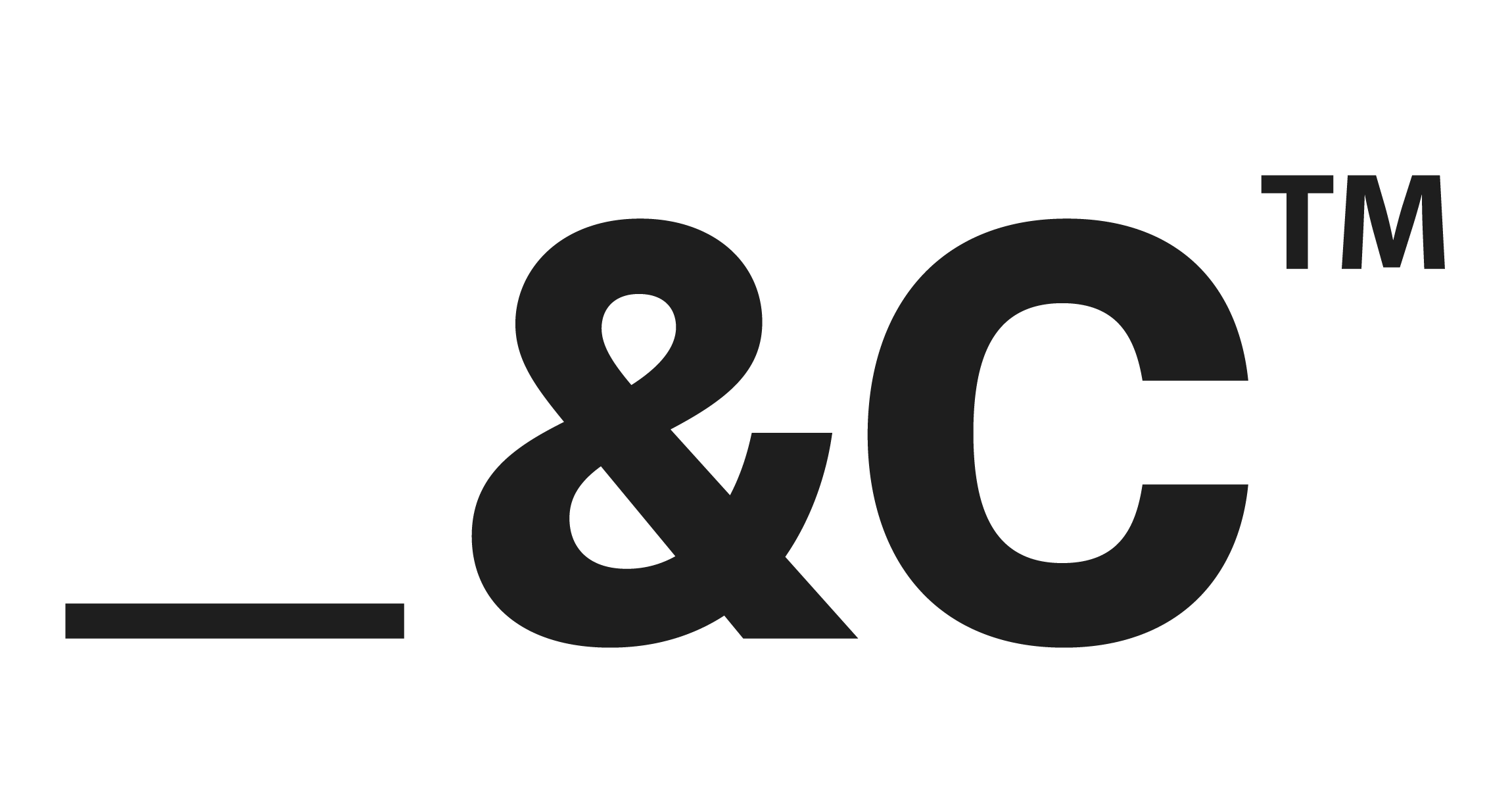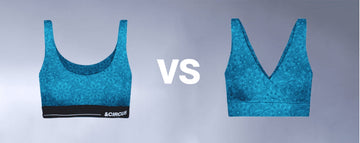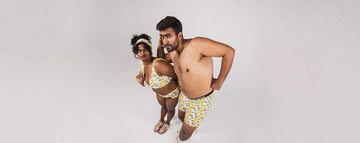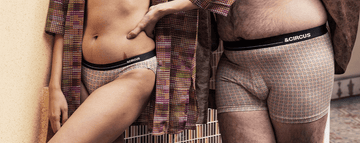Quick Listen:
For decades, the bra has been a battleground of expectation and misconception, a garment freighted with cultural baggage and persistent myths. Walk into any lingerie department, and you'll see it: racks of underwire contraptions promising lift, support, and allure, often at the expense of comfort. Yet, as women's needs evolve and fabric technology leaps forward, why do outdated ideas about supportive bras still hold sway? From the belief that only rigid underwires deliver true support to the notion that sustainable materials can't compete, these myths shape how millions shop and what they settle for. Let's unravel the truth.
Uncomfortable underwear shouldn't steal your confidence. At Andcircus, we craft ultra-soft, sustainable Lenzing Modal Micro® innerwear for every body, XS to 5XL. From briefs to bras, our custom packs fit you perfectly. Shop risk-free with our 100% satisfaction guarantee and embrace comfort that includes everyone. #LoveEveryBody. Shop Now!
Supportive Bra Myths Debunked: What Modern Consumers Still Get Wrong
In 1913, a 19-year-old named Mary Phelps Jacob stitched together two handkerchiefs and some ribbon, creating what we now recognize as the first modern bra, as noted in Wikipedia's history of the garment. Tired of the restrictive corsets of her era, Jacob's design was a rebellion, a lightweight alternative that prioritized ease. Her patent in 1914 sparked a revolution, leading to the mass production of bras by companies like Warner Brothers Corset Company. Fast forward to today, and bras are a cornerstone of a multibillion-dollar global lingerie industry. Yet, despite this legacy of innovation, many consumers remain tethered to outdated assumptions about what makes a bra supportive.
The modern bra market is a far cry from Jacob's handkerchiefs. Today's designs leverage cutting-edge materials like micromodal a buttery-soft, eco-friendly fabric derived from beechwood that's breathable and stretchy. Brands are also embracing seamless knitting and compression zoning, techniques that mold to the body without the pinch of wires or bulky padding. These advances align with a broader cultural shift: women, and people with breasts, increasingly demand comfort, inclusivity, and sustainability. But myths persist, clouding judgment and skewing expectations.
The Science of Support: Redefining the Bra
Walk through a mall, and you might still feel the ghostly pull of a Victoria's Secret store, its glossy displays evoking a bygone era of lace-drenched fantasy. As Glamour reported, the brand's market share has plummeted from 32% in 2015 to 19% in 2020, a slide fueled by consumer fatigue with rigid ideals of beauty and support. The truth is, support doesn't require discomfort. Innovations like wire-free bras with strategic compression zones offer lift and stability without digging into skin. Micromodal, for instance, adapts to the body's contours, providing a second-skin feel that's both supportive and sustainable.
The sports bra market, valued at $7,791.9 million in 2023 and projected to reach $11,496.6 million by 2030 with a 6.1% CAGR, according to Grand View Research, reflects this shift. Women are flocking to padded, wire-free designs for everything from yoga to marathons, with Asia Pacific leading as the largest market. These bras aren't just for athletes; they're daily staples for those prioritizing ease and versatility. Yet, despite these advances, myths about what constitutes “real” support hold firm.
Myths That Won't Unclasp
One of the most stubborn myths is that only underwire bras provide true support. This idea, rooted in decades-old designs, ignores how far fabric technology has come. Wire-free bras, using high-elasticity materials and clever structuring, can lift and shape just as effectively without the poke of metal. Another misconception: larger cup sizes demand bulky, rigid materials. Not so. Modern designs, like those using micromodal or seamless knits, offer tailored support for all sizes, including maternity and nursing needs, without sacrificing breathability.
Then there's the skepticism about sustainable materials. Some consumers assume eco-friendly fabrics, like micromodal, are flimsy or less durable. In reality, these materials are engineered for longevity, resisting pilling and stretching while remaining soft. Yet, as Vogue Business notes, post-pandemic consumers are split: some ditch bras entirely, while others seek comfort-driven designs that still flatter. Misinformation, often amplified on social media or perpetuated by legacy retailers, keeps these myths alive, leaving shoppers wary of innovative options.
Brands Leading the Charge
Eco-conscious brands are stepping up, offering wire-free, micromodal bras that cater to diverse bodies maternity, post-surgery, or gender-diverse consumers included. These companies lean on virtual sizing tools to ease the anxiety of bra shopping, a process often fraught with confusion. Customer reviews tell the story: a nursing mother raves about a bra that supports without squeezing; an athlete praises a seamless design that moves with her. By prioritizing fit and sustainability, these brands chip away at old norms, proving that support can be gentle, inclusive, and green.
Still, challenges remain. Mainstream retailers often cling to traditional designs, pushing underwires and padded cups as the gold standard. Social media, while a boon for education, can also spread half-truths like the idea that sustainable bras can't handle heavy-duty support. Brands counter this by partnering with experts, from textile engineers to breast health specialists, to build trust and credibility. These collaborations signal a broader shift: the industry is moving toward transparency and education, helping consumers make informed choices.
A Memorable The Future of Fit
The bra, once a symbol of constraint, is being reimagined as a tool of empowerment. As Mary Phelps Jacob showed over a century ago, a simple idea two handkerchiefs, a bit of ribbon can spark change. Today's innovators are following her lead, weaving sustainability, comfort, and inclusivity into every stitch. A textile engineer I spoke with put it bluntly: “The future of bras isn't about forcing the body to conform; it's about designing for how bodies actually move.” With the sports bra market soaring and consumer priorities shifting, the industry stands at a crossroads. By debunking myths and embracing science, brands can guide shoppers toward bras that feel as good as they look. The next time you're eyeing that lingerie rack, remember: support doesn't have to hurt. It just has to fit your body, your values, your life.
Frequently Asked Questions
Do supportive bras always need underwires to provide proper lift and shape?
No, underwires are not the only way to achieve support. Modern bras now use advanced fabrics like micromodal, compression zoning, and seamless knitting to deliver lift and comfort without the discomfort of metal wires.
Can sustainable bras made from materials like micromodal offer the same durability and support as traditional ones?
Yes, eco-friendly fabrics such as micromodal are engineered to be both soft and durable. They resist pilling and stretching while providing breathable support, even for larger cup sizes and active lifestyles.
Why do myths about bra support still persist despite modern innovations?
Outdated beliefs like the idea that only padded or underwired bras offer real support are often reinforced by legacy retailers and social media misinformation. While innovation has redefined comfort and functionality, consumer habits can take time to evolve without transparent education from brands.
Disclaimer: The above helpful resources content contains personal opinions and experiences. The information provided is for general knowledge and does not constitute professional advice.
You may also be interested in: Busting Common Myths about Pregnancy with Dr Tarun Joseph, OB
Uncomfortable underwear shouldn't steal your confidence. At Andcircus, we craft ultra-soft, sustainable Lenzing Modal Micro® innerwear for every body, XS to 5XL. From briefs to bras, our custom packs fit you perfectly. Shop risk-free with our 100% satisfaction guarantee and embrace comfort that includes everyone. #LoveEveryBody. Shop Now!







































